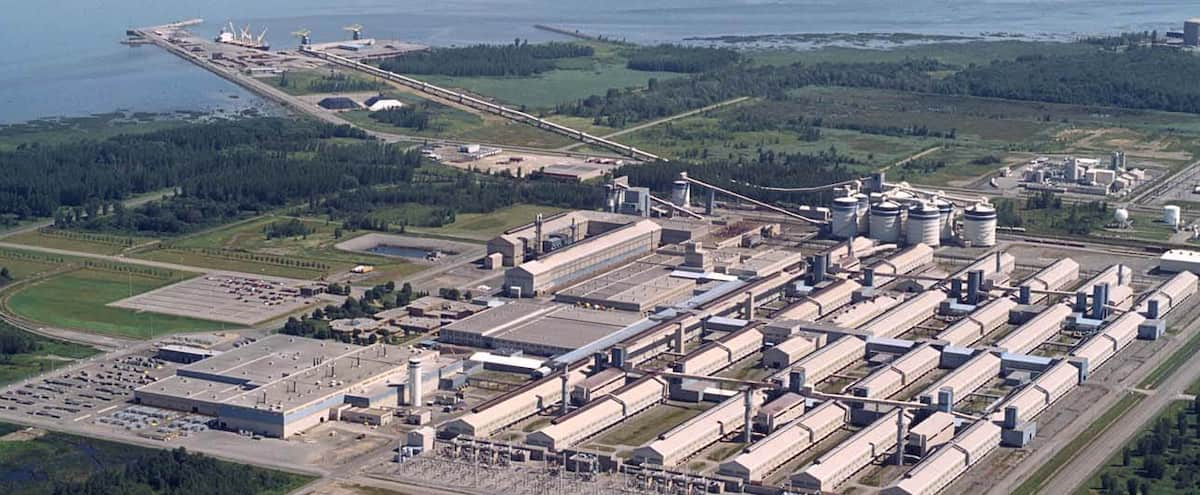“We have the most interesting electricity supply in North America, even on the planet. No one has as much renewable electricity to sell as we do. Why would we sell that at a loss or without making any money?” thunders businessman Claude Garcia, who once suggested privatizing Hydro-Québec.
• Read also: Fitzgibbon paves way for private dams to alleviate energy shortage and Innergex raises its hand
• Read also: Nearly 290,000 customers without electricity in Quebec
• Read also: Former Liberal minister David Heurtel asks Pierre Fitzgibbon for energy
The conversion of the global economy to renewable energy is the biggest revolution since the industrial revolution, he says. The business opportunities are “incredible”. In this context, it makes no sense to deprive yourself of revenue as Hydro-Québec does with its policy of low rates for large industrialists (the famous Rate L).
Claude Garcia
Photo provided by Claude Garcia
This week, the government lured an energy-guzzling Duravit factory to Matane by granting the German ceramics giant favorable electricity rates and a partly “forgivable” interest-free loan.
“We must move towards a policy where we charge large manufacturers at the same price as other customers. It will not happen overnight, because we have signed contracts. But there are a lot of demands right now and Minister Fitzgibbon has to make choices. If we sell our electricity cheaper, we will just make less money.”
$1.15 billion left on the table
How does Claude Garcia arrive at this sum? Without going into the accounting details, note that large industrial customers consumed 25.6% of the electricity sold by Hydro-Québec in 2022, but provided it with only $17 million in profits. A company subject to market discipline would have required the latter to provide it with 25.6% of its profit for the year, or $1.15 billion rather than just $17 million.
“It is the other customers of the Crown corporation that have compensated for this shortfall of $1.15 billion, by collectively paying a subsidy of the same order to these large industrial customers,” he explains.
Of course, Hydro’s residential customers are also subsidized. “The only ones that really contribute to the profit are Quebec SMEs and large companies that are not entitled to Rate L, such as Quebec hospitals, schools and universities. They are the ones who provide the bulk of Hydro-Quebec’s profits, in addition to exports.
No reason to lose money
In the current context, where energy is in high demand, there is no reason to lose money with some of its customers, underlines Claude Garcia.
“Let’s say you’re an entrepreneur and you want to make 15% return on your capital. If you have different products, you will aim for 15% return on all your products. Hydro-Quebec is the same. They sell electricity. They should make the same return, the same profit with all their products, therefore with all their customers. Why would we make products at a loss?”, he illustrates.
The demand for clean electricity in Quebec is enormous. Companies like Microsoft or Amazon want to become carbon neutral, and Quebec is in an excellent position to supply them with energy at prices that will benefit all Quebecers.
“We made concessions to the big industrialists, cheap electricity, at a very different time. We had big surpluses at the time and we didn’t know what to do with them. Things are completely different today.”
Residential – 7.59¢/kWh
Commercial/Business – 9¢/kWh
Large general customers (LG Rate) – 5.8¢/kWh
Large industrial customers (Rate L) – 5¢/kWh
